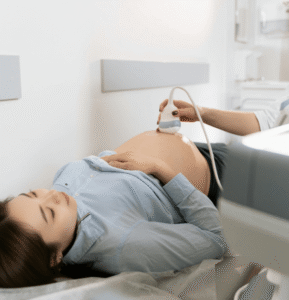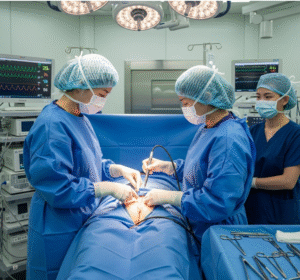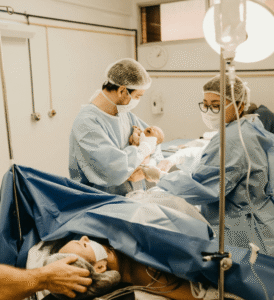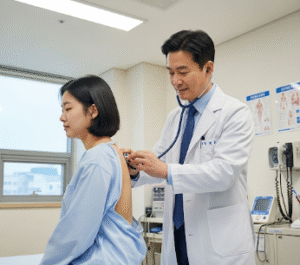Overview
Craniofacial abnormalities are a group of congenital conditions that affect the structure and appearance of the skull and face. These conditions can range from mild cosmetic differences to severe malformations impacting breathing, eating, speech, and brain development. In Korea, specialized craniofacial surgery teams and multidisciplinary clinics offer advanced diagnosis, surgical correction, and rehabilitation for affected patients.
What are Craniofacial Abnormalities?
Craniofacial abnormalities refer to birth defects involving the bones, soft tissues, and muscles of the head and face. These can include cleft lip and palate, craniosynostosis, facial asymmetry, hemifacial microsomia, and other rare syndromes. The severity varies widely, and some cases are part of broader genetic syndromes.
Symptoms
- Abnormal skull shape or head size
- Cleft lip and/or palate (gap in the lip or roof of the mouth)
- Facial asymmetry or underdeveloped jaw
- Breathing or feeding difficulties in infants
- Speech and hearing problems
- Eye spacing or vision issues
Causes
- Genetic mutations or inherited syndromes (e.g., Apert, Crouzon, Treacher Collins)
- Environmental factors during pregnancy (rare)
- Unknown causes in many cases
- Sometimes associated with chromosomal abnormalities
Risk Factors
- Family history of craniofacial disorders
- Certain maternal conditions or exposures during pregnancy (infections, medications)
- Syndromic associations affecting multiple systems
Complications
- Difficulty feeding and breathing in infancy
- Speech and hearing impairments
- Dental and orthodontic issues
- Psychosocial challenges due to facial differences
- Developmental delays if brain structures are involved
Prevention
- No guaranteed prevention methods exist
- Good prenatal care, avoiding harmful substances during pregnancy
- Genetic counseling for families with a history of craniofacial disorders
Treatment Options in Korea
Korea is known for advanced craniofacial and plastic surgery techniques. Major hospitals such as Seoul National University Hospital, Samsung Medical Center, and Asan Medical Center offer comprehensive care. Treatment may include:
1. Diagnosis
- Prenatal ultrasound or MRI for early detection
- CT or 3D imaging to assess bone and soft tissue structures
- Genetic testing when syndromes are suspected
2. Surgical Treatment
- Cleft lip and palate repair (usually in early infancy)
- Cranial vault remodeling or distraction osteogenesis for craniosynostosis
- Jaw reconstruction or orthognathic surgery for facial asymmetry
- Multiple staged surgeries depending on the condition’s severity
3. Supportive Care
- Speech therapy and feeding support
- Hearing assessment and management
- Orthodontic and dental care
4. Long-Term Monitoring
- Regular follow-up with a multidisciplinary team (surgeons, speech therapists, ENT specialists)
- Psychological support and counseling for patients and families













